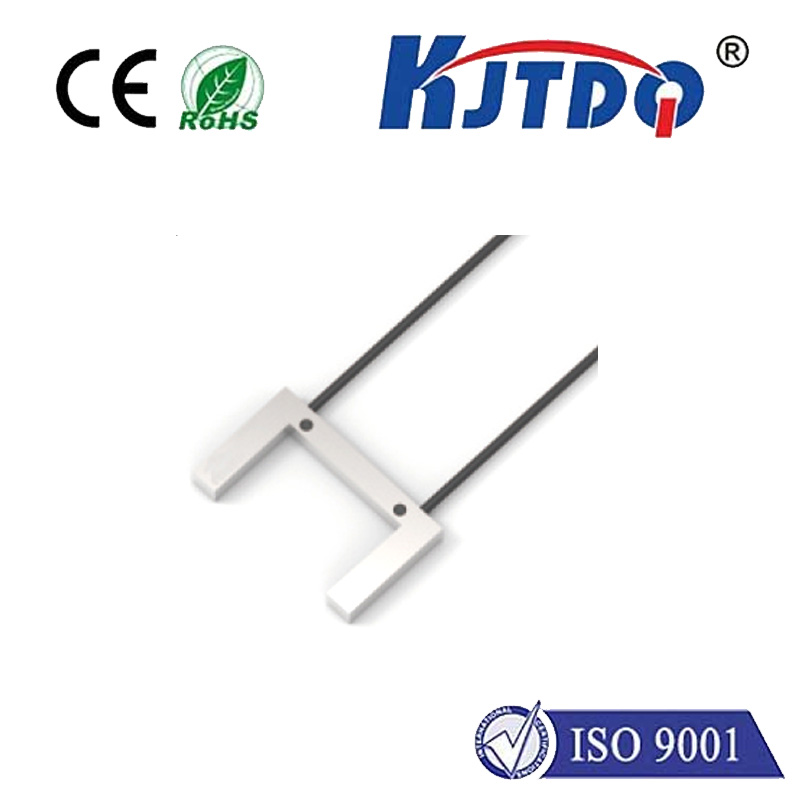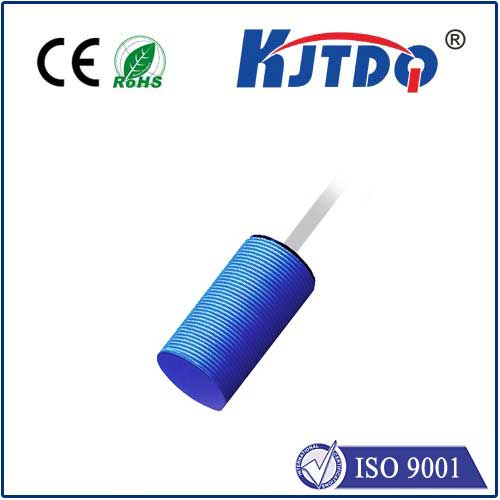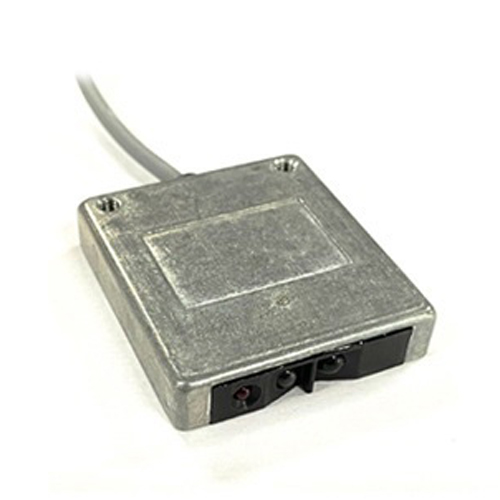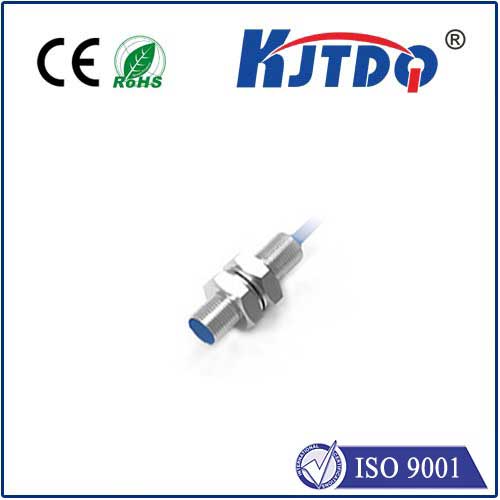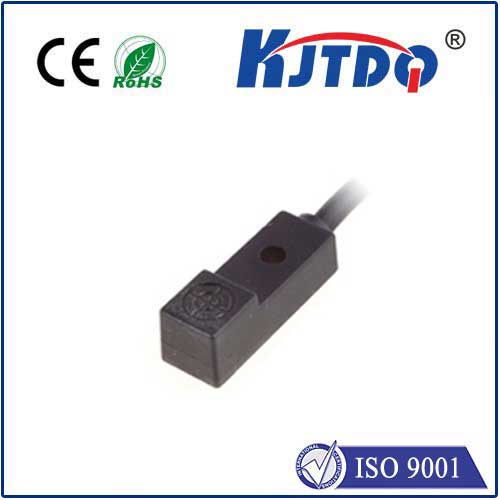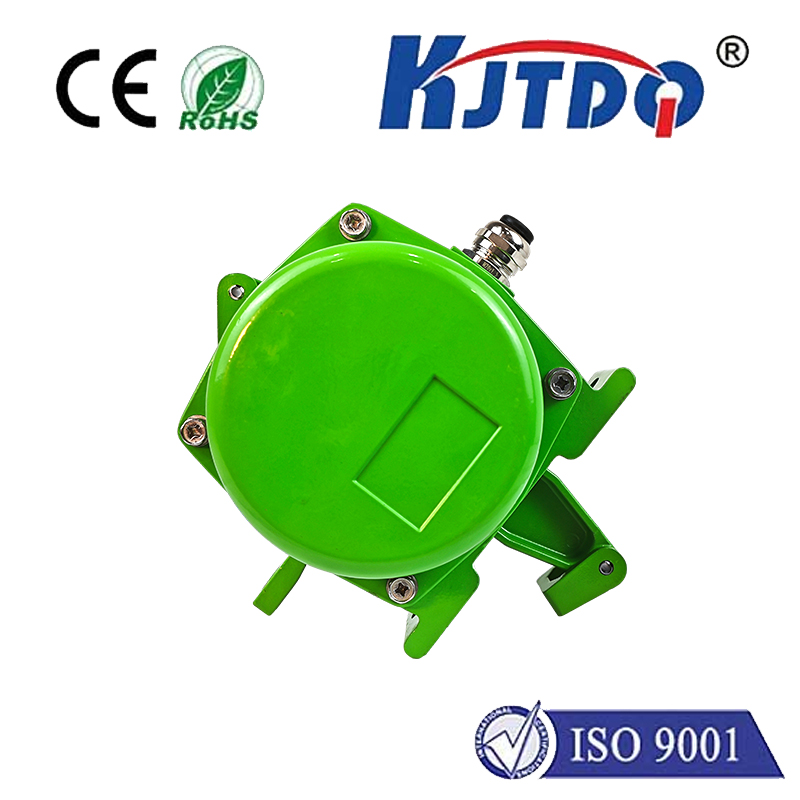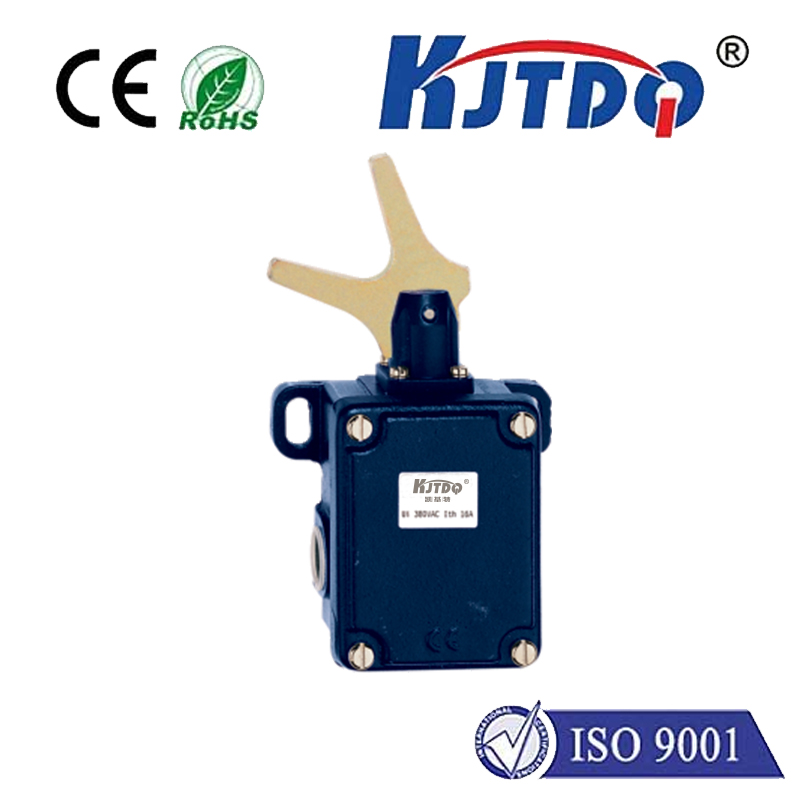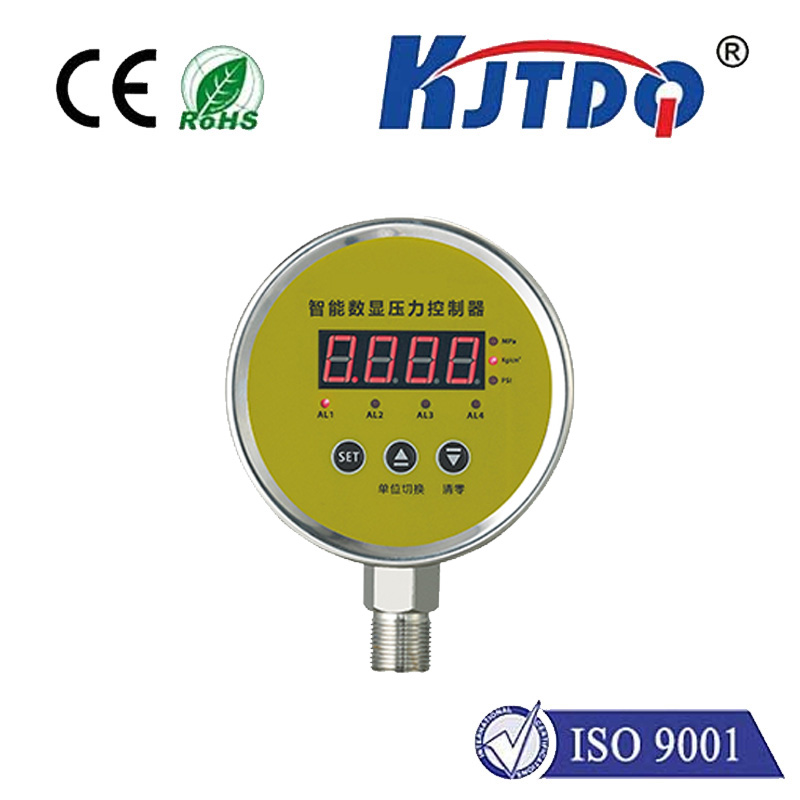

check

check

check

check

check

check

check

check

check

check
In the world of machinery and automation, limit switches are often overlooked despite their crucial role in ensuring safety and accuracy. A limit switch is a simple yet powerful device that signals when a mechanism has reached a predetermined position or limit. Its silent operation belies its importance in preventing equipment from overrunning, avoiding collisions, and maintaining precise control. In this article, we will explore the different aspects of limit switches, including their types, applications, and maintenance.
The Anatomy of a Limit Switch
At its core, a limit switch consists of an actuator, a set of contacts, and a housing. The actuator is responsible for detecting physical movement or presence, which can be mechanical (like a lever or roller), magnetic, or photoelectric depending on the switch type. The contacts inside the switch close or open circuits to send signals to controllers or other electrical systems. These signals are essential for triggering actions such as stopping motors at the end of their travel, counting parts, or reversing motion in conveyors.
Applications Across Industries
The utility of limit switches spans various sectors where machinery operates. In industrial automation, they serve as critical components in assembly lines, packing machines, and robotic arms. By signaling the beginning and end points for mechanical movements, they ensure that processes run smoothly without human intervention. In the construction industry, limit switches safeguard cranes and elevators by preventing them from moving beyond safe limits. In the automotive sector, they monitor vehicle components like door closures and seat positions for added safety features.

Types of Limit Switches
There are several types of limit switches available to cater to diverse requirements:
- Mechanical limit switches use physical contact between the actuator and the target object to trigger the signal. They are reliable but may wear down over time due to repeated contact.
- Magnetic proximity switches operate without touching any part of the target. Instead, they sense the presence of metal objects using magnetic fields, reducing wear and tear significantly.
- Photoelectric switches employ beams of light to detect objects. When an object interrupts the beam, it triggers the switch, making them useful in environments where dust and dirt could affect mechanical switches' performance.
Maintaining Your Silent Guardian
Like all machinery components, limit switches require regular maintenance to function optimally. Cleaning accumulated dust and debris from switches is vital to prevent false readings or failures. Checking the alignment and tension of mechanical switches ensures accurate activation. For magnetic switches, verifying the strength of the magnet periodically is necessary. And with photoelectric switches, keeping the lenses clean is crucial for unobstructed sensing.
Conclusion: Embracing the Reliability of Limit Switches
Limit switches stand as the silent guardians of machinery, working tirelessly behind the scenes to maintain order and safety. By understanding their types, applications, and maintenance needs, we can harness their full potential and protect our equipment from avoidable damages and costly downtime. As technology advances and automation becomes more integral to various industries, recognizing the importance of these small but mighty devices is imperative. So let us appreciate the role of limit switches in shaping a safer and more efficient mechanical landscape.
